In camera lens design, three common classic optical configurations include the Double Gauss lens, Cooke lens, and Kodak lens.
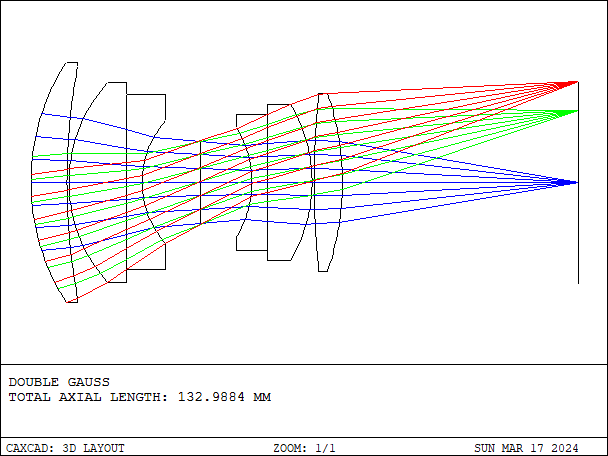
Here's a brief overview of these three lens designs:
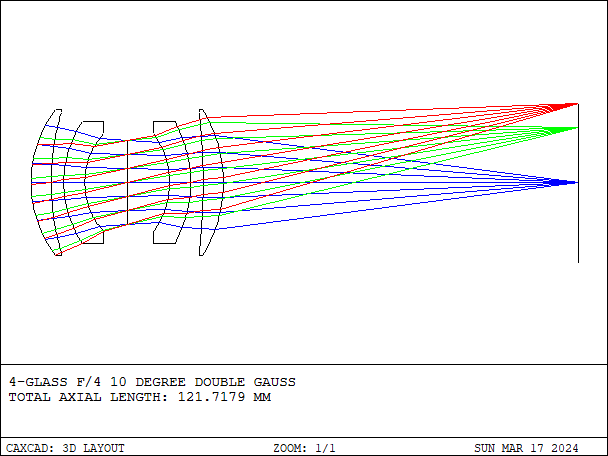
1. Double Gauss Lens:
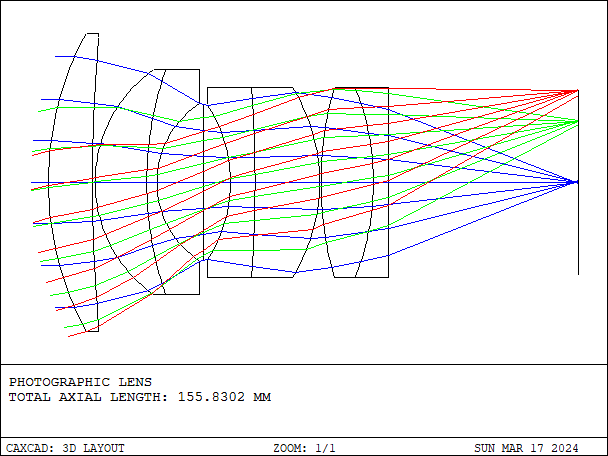
The Double Gauss lens is a classic symmetric lens design composed of two Gauss lenses.
This design was first proposed by German optical designer Paul Rudolph in the late 19th century and has been widely used.

The Double Gauss lens offers good chromatic aberration correction and distortion control, suitable for general photography needs including portraits, landscapes, etc.
Advantages include low cost, simple construction, high image quality, and popularity among photographers.
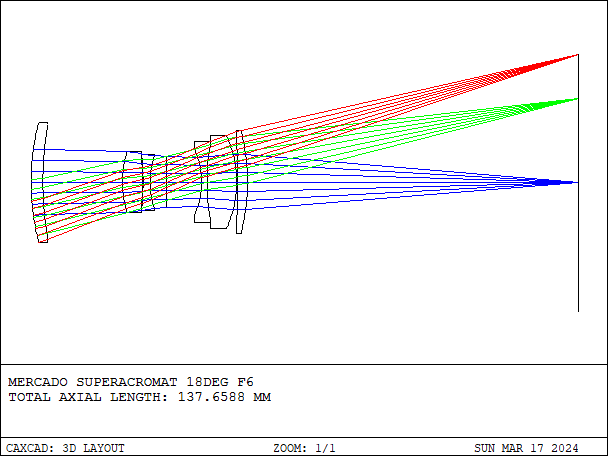
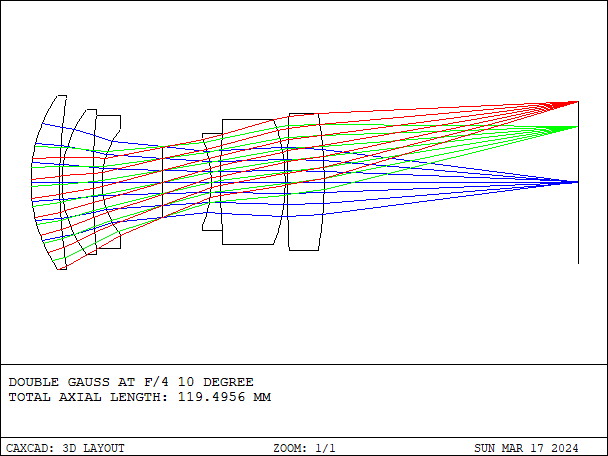
2. Cooke Lens:
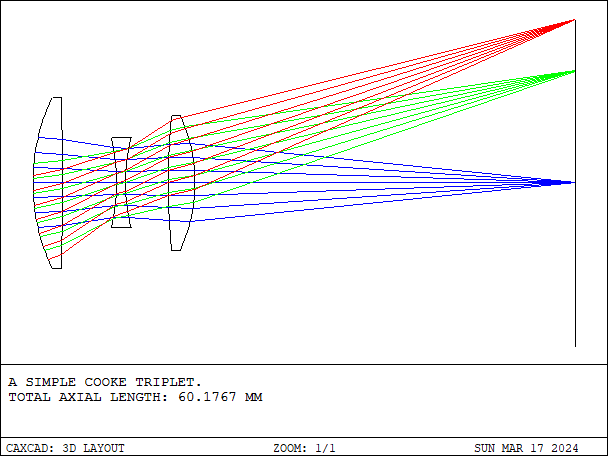
The Cooke lens is a highly successful symmetric optical design proposed by British optical designer Joseph Petzval Cooke in the mid-19th century.

The Cooke lens employs special lens constructions, providing high resolution, contrast, and excellent background blur effects.
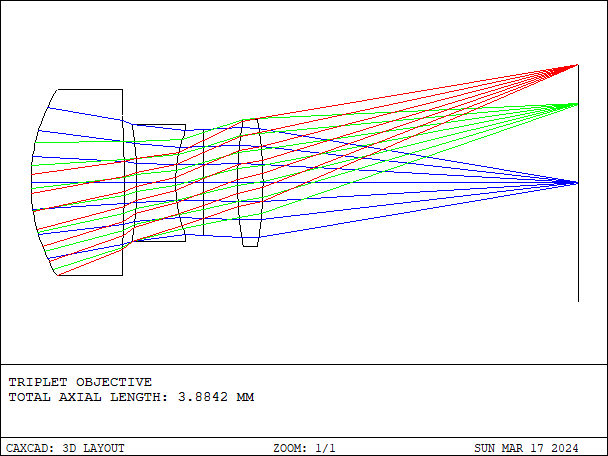
This design excels in portrait photography, particularly suitable for capturing portraits and close-up shots.
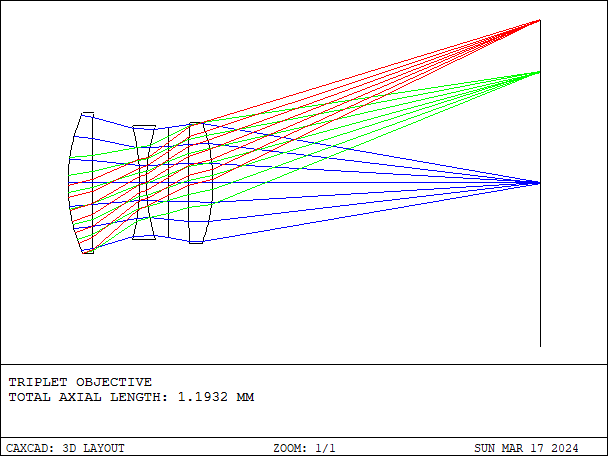
Characteristics of the Cooke lens include high resolution, good color rendition, contrast, and beautiful background blur effects.
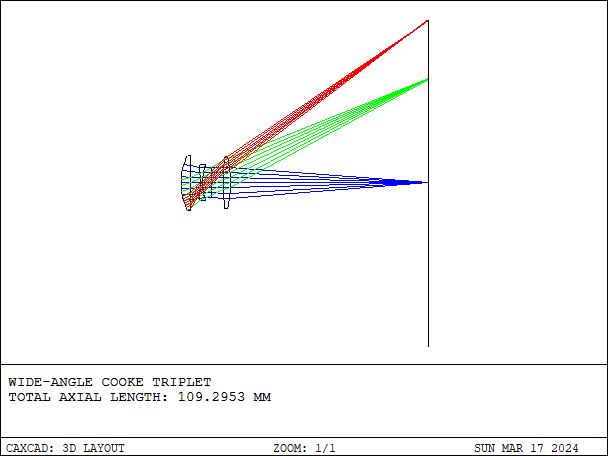
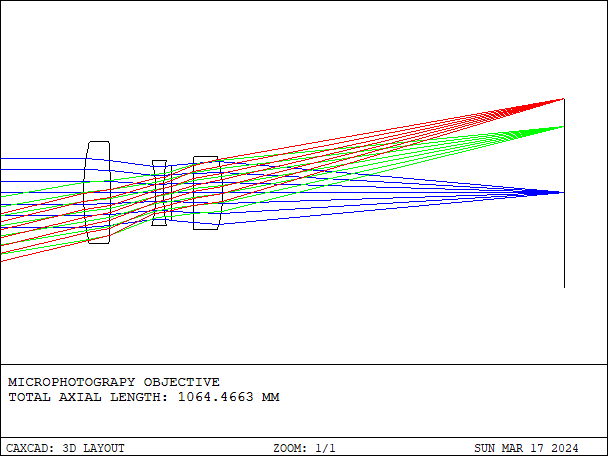
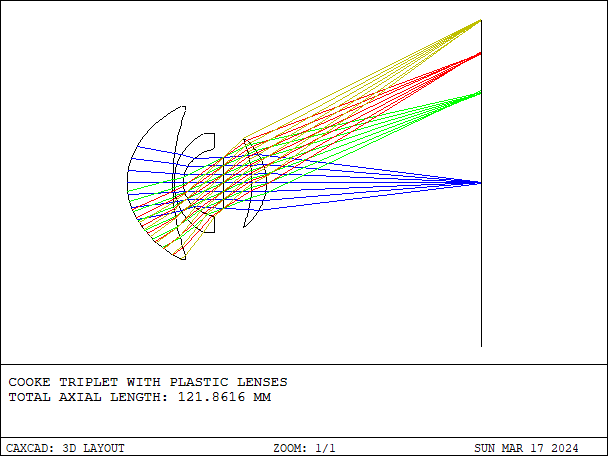

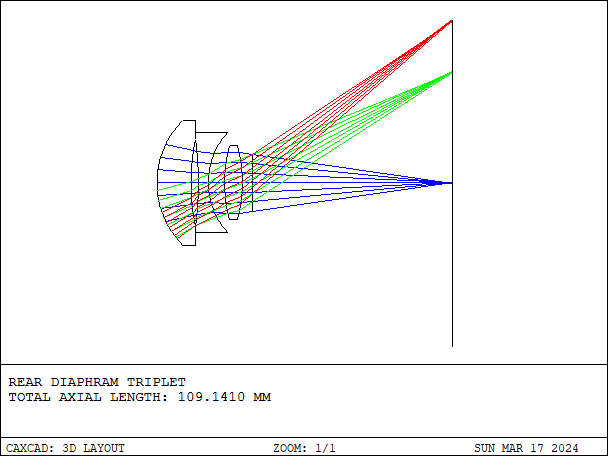
3. Kodak Lens:
The Kodak lens is a classic lens design developed by the American photographic equipment manufacturer Kodak.
This design utilizes special lens constructions, including aspherical lenses, to achieve good chromatic aberration correction and distortion control.
Kodak lenses find applications in various lens types such as wide-angle, normal, and telephoto lenses, offering good imaging quality and optical performance.
Advantages of this design include high-quality imaging, low aberrations and distortion, and wide applicability.
Overall, the Double Gauss lens, Cooke lens, and Kodak lens are all classic camera lens designs with good performance and wide applications in different photography fields. Each design has its unique advantages and characteristics, allowing photographers to choose the most suitable lens type based on their specific needs.


